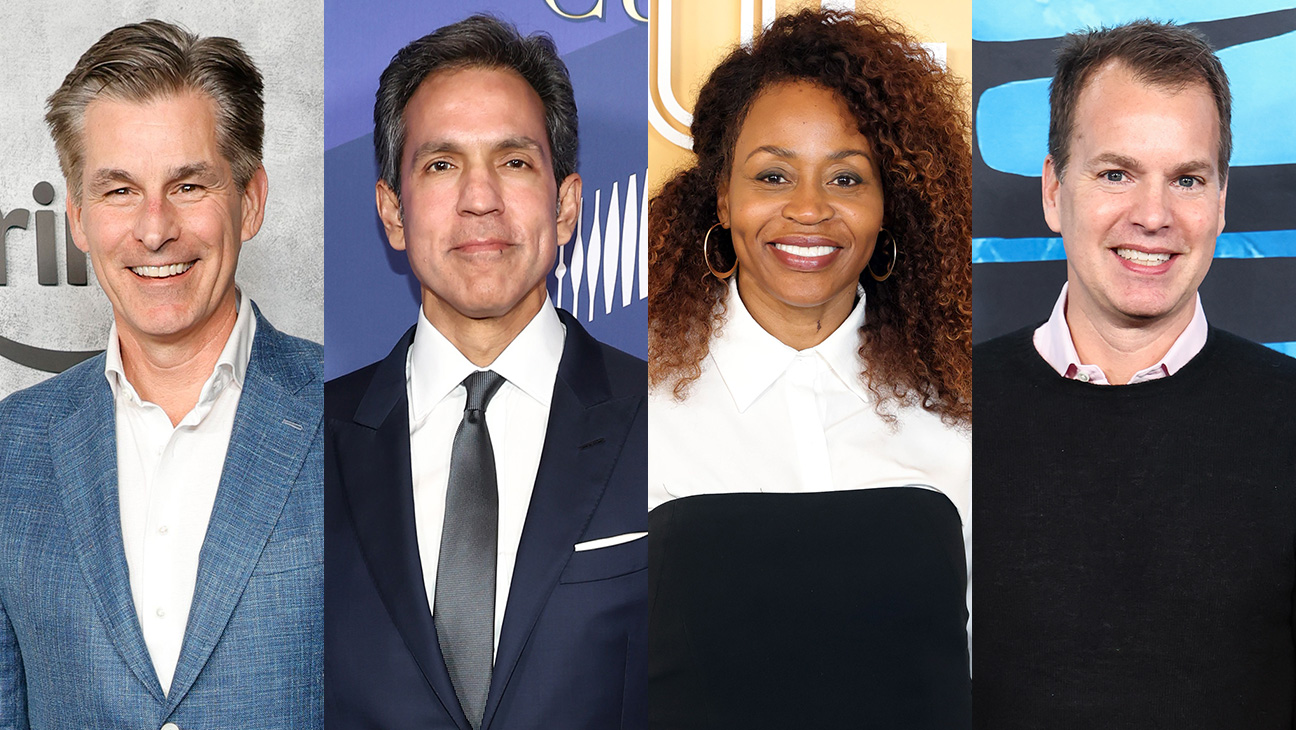It was never not going to come up. At the Milken Institute Global Conference, a panel of four film and TV executives (and one television writer) were asked about President Trump’s foreign-film tariff plan, another potential foreign-diplomacy disaster in an effort to keep productions in the United States. The consensus answer from the group was a bit of a swerve.
“It’s a big issue, obviously,” Ravi Ahuja, the Sony Pictures Entertainment president and CEO started things off. “In terms of production leaving here, it’s almost more a California issue, honestly, than a U.S. issue. So, while it’s true a lot of production has left the United States, it’s even worse for California, and there are a lot of people — including our companies — that are working on this with the state government and trying to come up with different bills that will help.”
They want to help, but make no mistake — the economics matter.
“If the incentives are stronger in the United States — and they are in many states — we’ll shoot here,” Ahuja continued. “I think what’s often forgotten in our business is the margins are pretty modest. Producers will tend to locate in the place that’s efficient — so, the more we can make the U.S. efficient, the better.”
Casey Bloys, the chairman and CEO of HBO and Max content, concurred.
“I think it is a big California issue, because the talent is here, the infrastructure is here,” Bloys said. “But the issue becomes when you’re trying to plan, because [the state tax incentives are] capped, you can’t plan. You have to get into a lottery, and you’re not sure if your show is going to get the tax break or not.”
Bloys’ job is almost exclusively oversight TV series, not films. It is currently unclear if Trump intends to impose a 100 percent tariff on all internationally-produced television shows as well as films. We can’t even be certain Trump will try to see his latest tariff threat through — the day after Trump’s tirade about Making Hollywood Great Again, the White House was already walking the idea back a bit.
Ironically, it is also the “uncertainty” of California’s tax-credit system that makes it “very difficult” to film there, Bloys said. Atlanta, Canada and others guarantee an incentive right up front; not Cali.
“If California would address that, that would make a big difference,” Bloys said.
Mike Hopkins said it’s a “complicated” issue, and he agreed to it being a California-specific one. He hopes to see Governor Newsom push through a planned tax-incentive increase this summer — and to keep pushing that bar higher. Let’s start by Making California Great Again.
“It’s a great day when you can walk out of your office and walk down to the set and say ‘hi’ to your talent and see what’s happening,” Hopkins, the head of Prime Video and Amazon MGM Studios said.
Pearlena Igbokwe, the chairman of Television Studios, NBC Entertainment and Peacock Scripted, agreed: “That’s the dream.”
For the dream to be realized, the guarantees have to be there, Hopkins said. And they should be there, he argued.
“It’s not that we’re taking money and giving it to Tom Cruise or somebody,” he said, adding that stars will “get their fee wherever they go.”
“It actually does drive the economy,” Hopkins said.
As for the lone storyteller on the Storytelling, Strategy, and Innovation: Shaping the Future of Filmed Entertainment panel, The Diplomat creator and writer Deborah Cahn said she’s happy to have her executives drop by set, as Hopkins and Igbokwe daydreamed. That didn’t happen for her on season one, as The Diplomat primarily filmed in Paris and London — not for tax incentives, but because that’s where the story took place. For season two, the show is in New York. It’s no California in terms of studio-chief presence, but it’s plenty accessible.
“The facilities here and the talent pool here is remains unmatched,” Cahn said. “We’ve had great experiences overseas, (but) you still don’t get the kind of designers, crews, craftspeople that you do here anywhere else. So this is always my first choice.”
USA! USA! USA!
“But if you need Buckingham Palace, you got to go get it,” she said.











